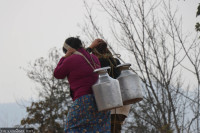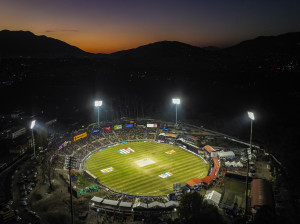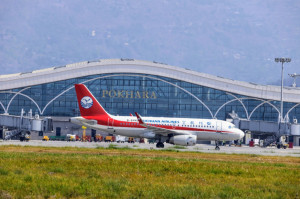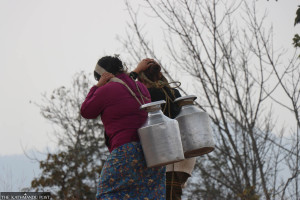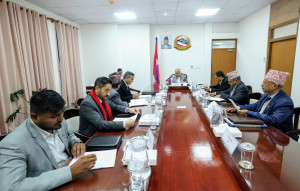Editorial
Bottled, bacterial
Are we all willing to play our part to keep our families and communities safe from water-borne diseases?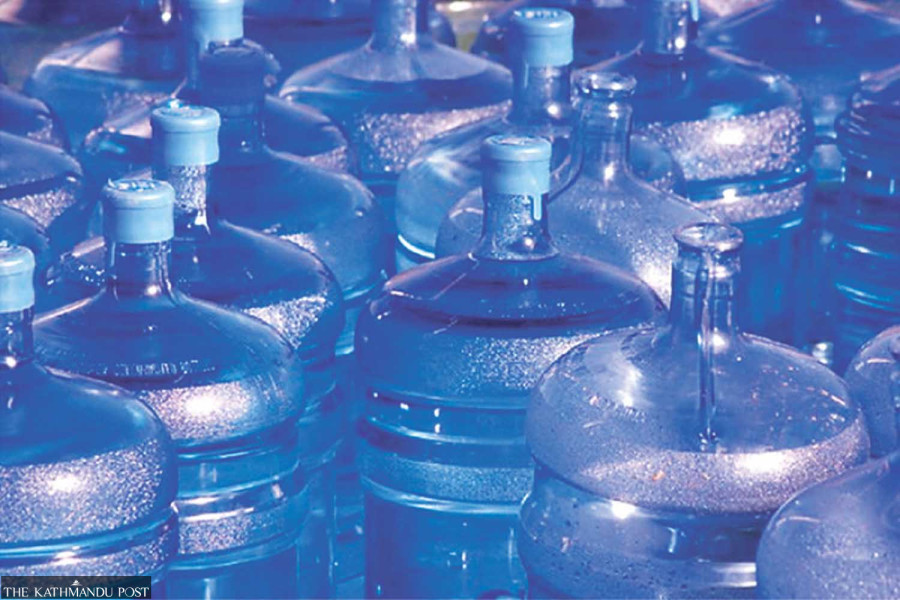
Nepalis have long struggled to access safe drinking water despite successive governments’ pledge to provide quality water through initiatives like the “One House, One Tap” national campaign and regular supply of the much-anticipated Melamchi Drinking Water Project in the Kathmandu Valley. Yet the project’s stop-start supply has forced Kathmanduities to rely on jarred and public tap water. As jarred and bottled water are considered safe, they are preferred in public places, households, schools and offices. However, come monsoon, even these so-called purified water containers are contaminated with harmful microbes, pathogens and minerals. The monsoon has just started, and the National Public Health Laboratory—the health ministry’s central lab—has already discovered faecal coliforms and E. coli in samples collected from jar water, as in the previous years. Health authorities have advised common folks to refrain from using piped and bottled water without first boiling it.
The country may have abundant water resources, yet the public is still struggling to get enough potable water. Key water sources are being polluted with faeces, sewage and harmful chemicals. Such particles seep through our water pipes, rendering the water unfit for either consumption or daily use. Floods and landslides also significantly contaminate water pipes and other sources with pathogens. Compounding the problem are dirty and damaged jars that are reused and distributed among households. Water suppliers don’t clean these jars properly before refilling them. The source of water that water tanks carry is also often unknown.
Unsafe water leads to several waterborne diseases such as cholera, typhoid, diarrhoea and food poisoning and heightens the risk of dysentery and hepatitis A and E. In severe cases, these diseases even lead to death. Last year alone, at least 95 individuals were infected with cholera in Nepal, with most infections seen in the Kathmandu Valley. In 2022, too, the valley experienced a cholera outbreak with 77 cases. Many more individuals are likely to be infected with the potentially lethal Vibrio cholerae and other waterborne diseases—as public health officials warned in November last year.
Given the severity of the problem, a few things must happen. More inspectors must be deployed to test water samples in the Valley and other parts of the country. Local levels, if equipped with water testing kits, can play a vital role in warding off diseases, as they are close to the water supply centres and natural water sources. As important is holding water suppliers accountable for the public’s health and mandating them to comply with the National Drinking Water Quality Standard, which includes water sampling and physicochemical and microbiological testing. In the fiscal year 2022-23, of the 155 factories across the country inspected by the Department of Food and Technology and Quality Control, 55 were found distributing contaminated drinking water. Those who fail to adhere to the national water standards must be handed strict penalties.
While the state is duty-bound to meet people’s right to safe drinking water and launch mass awareness programmes for safe ways to use water, the public is as responsible for protecting water resources and looking after their own health. Often, even educated individuals consume water directly from the source without proper treatment. When it comes to preventing waterborne diseases, simple measures like boiling water often save lives. The question is: Are we all willing to play our part to keep our families and communities safe from water-borne diseases?




 8.12°C Kathmandu
8.12°C Kathmandu



